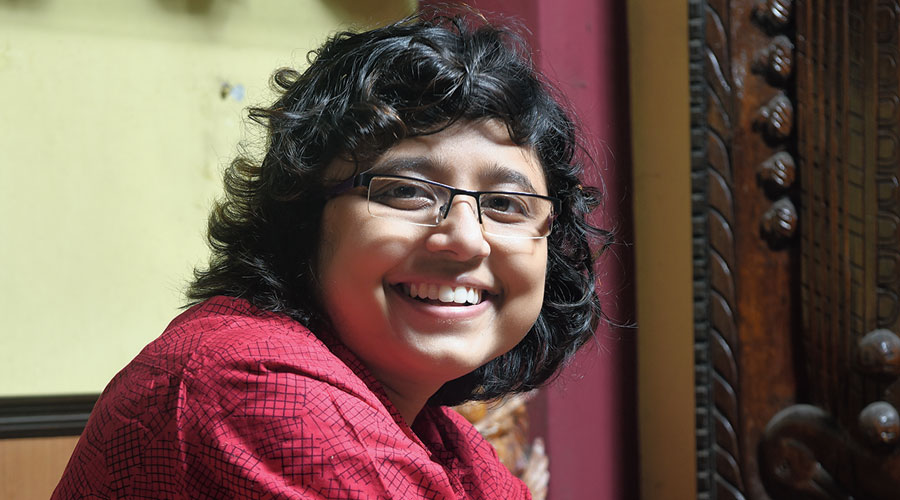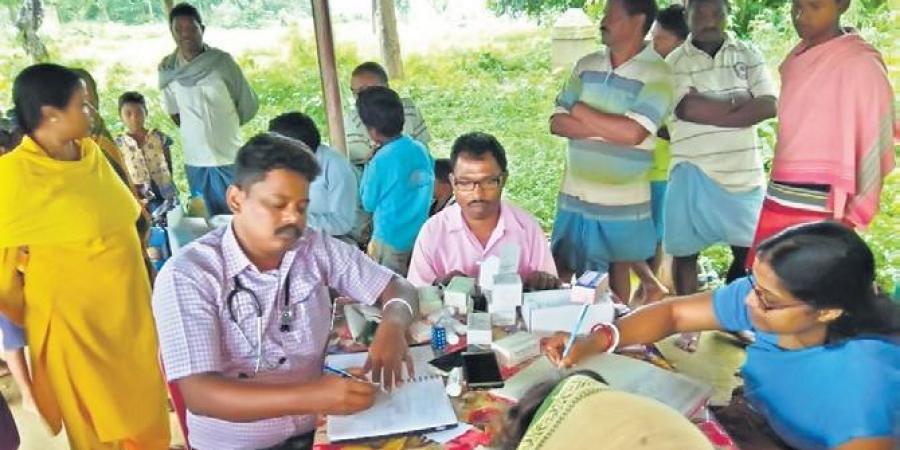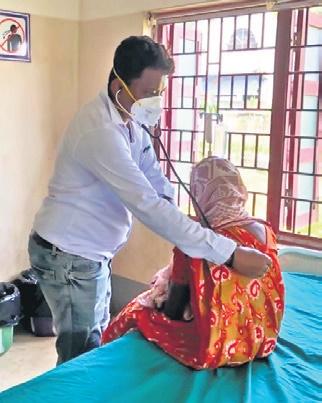The Kolkata Cloud Chasers are a group of eight members who chase storms, by photographing and documenting extreme weather conditions in eastern India.
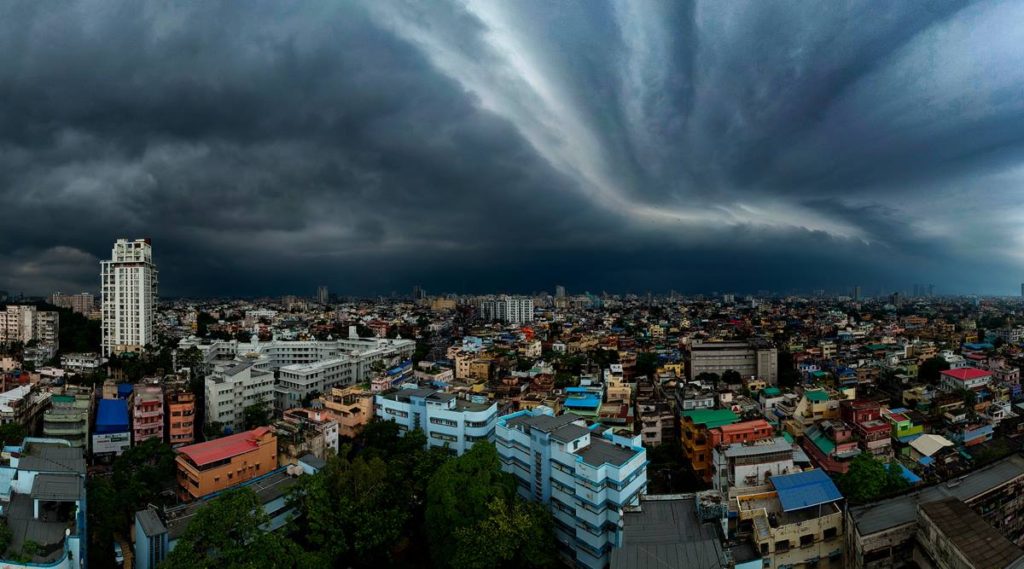
When Cyclone Bulbul arrived last November, it was one of the most severe tropical cyclonic storms to have struck the state of West Bengal and Bangladesh in more than a century. Hours before the cyclone made landfall, Chirasree Chakraborty, 47, and Joyjeet Mukherjee, 49, headed down to Henry Island, approximately 130 kilometres south of Kolkata, one of the few places where the arriving storm’s impact was going to be most severe.
“We are the only people who go towards the storm when everyone else stays inside,” says Mukherjee. Both are a part of the Kolkata Cloud Chasers, a group of eight who photograph and document extreme weather conditions in eastern India — they chase storms.
According to the group, they are the only collective engaged in this kind of photography in the country.
A recreational activity still in its infancy in India, storm chasing has been practised since at least the 1950s in western countries. The American Meteorological Society defines a storm chaser as someone who “intercepts, by car, van, or truck, severe convective storms for sport or for scientific research”
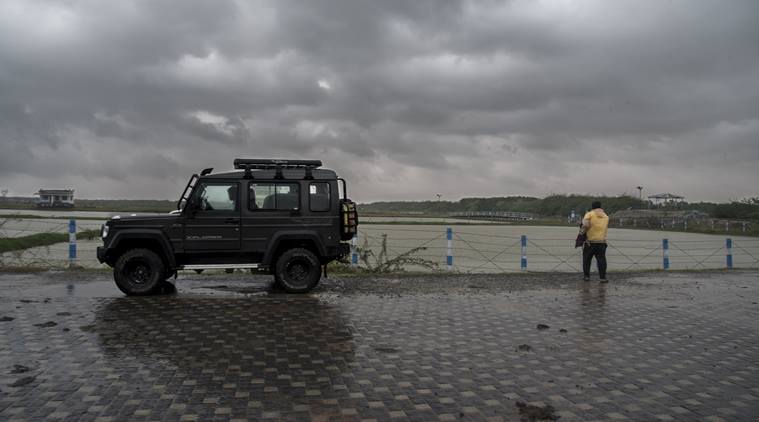
“Storm chasing is not a recognised profession in India and so we all do other jobs,” says Chakraborty. By day, she works as a publicist, but after work hours, she finds herself tracking extreme weather conditions in the West Bengal region, and a similar scenario plays out in the case of the other members of the group.
The story of Kolkata Cloud Chasers started sometime in 2005 when some of the earliest members of the group met on Orkut, the social networking site, over their shared interest in photography. By 2009, when several Android applications became easily accessible to Indian users, including weather applications like AccuWeather, it became easier to experiment with photographing a wider range of weather conditions.
“During kalboishakhi (Nor’westers) and storms, we used to give alerts on our personal Facebook page,” recalls Chakraborty. By 2014, more members with a shared interest in weather photography joined the group, and the present team was formed.
There are many who photograph sunsets or cloud formations, and weather conditions if they chance upon a storm, but tracking it is different, explains Mukherjee. What this group does is essentially visually documenting West Bengal’s weather conditions by tracing its arrival and path. “In West Bengal, there hasn’t been much documentation of weather patterns,” says Chakraborty.
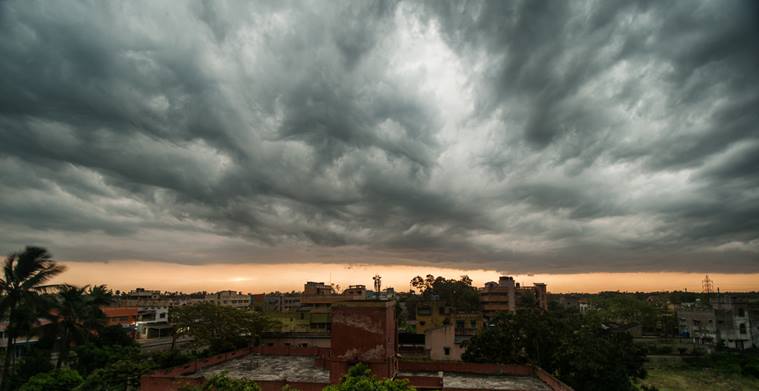
Chasing storms is a three-step process that starts with tracking developing weather conditions and patterns. For that, the group starts with scanning weather apps for formations, including those by India’s meteorological department. “Before 2015, we only had the Met department’s app, but since then, many new applications have come in,” says Mukherjee. In the initial years, says Chakraborty, the group also found assistance from a former Met department employee who taught them more about understanding how to read meteorological data and weather patterns.
The next step is spotting, where the group goes out into the field searching for the cloud formations or storms that they are chasing. “Clouds are huge—they can be 18 kms tall and can be seen from long distances,” says Chakraborty. The last step involves navigation, where they “intercept” the storm or clouds by taking photos, videos and, most recently, using drones for images.
While the group tries to photograph as many diverse weather conditions as they can, they try to stick to government regulations and advisories. This past May, when Cyclone Amphan arrived in West Bengal, it coincided with the coronavirus lockdown imposed by the Indian government. Unable to venture out, the group photographed the cyclonic storm from the confines of their rooftop terraces and windows instead. Similarly, last summer when Cyclonic Storm Fani made landfall in Odisha, says Mukherjee, the government had restricted travel to the cities of Bhubaneswar and Puri, that prevented the group from travelling to the neighbouring state.
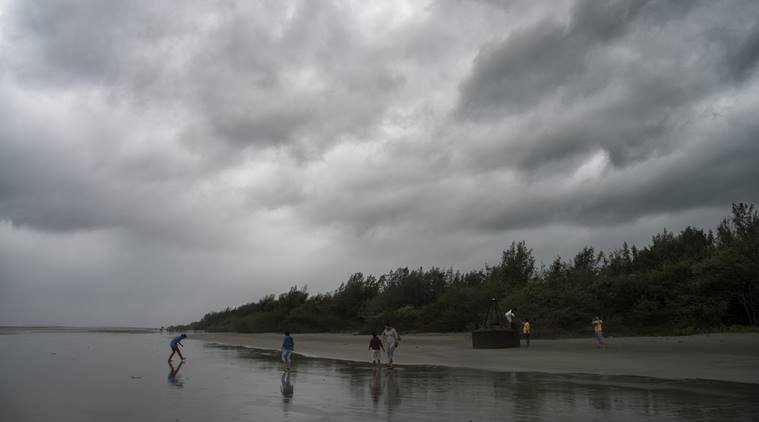
Having known each other for as long as they have makes extreme weather photography easier, believes Chakroborty. “We have known each other since 2005 and we have a good relationship,” she says of the group members, a characteristic that is more necessary than people realise. The challenging circumstances and the unpredictable nature of the weather conditions make it necessary for the members to be able to trust and rely on each other for assistance and coordination when they are out facing storms.
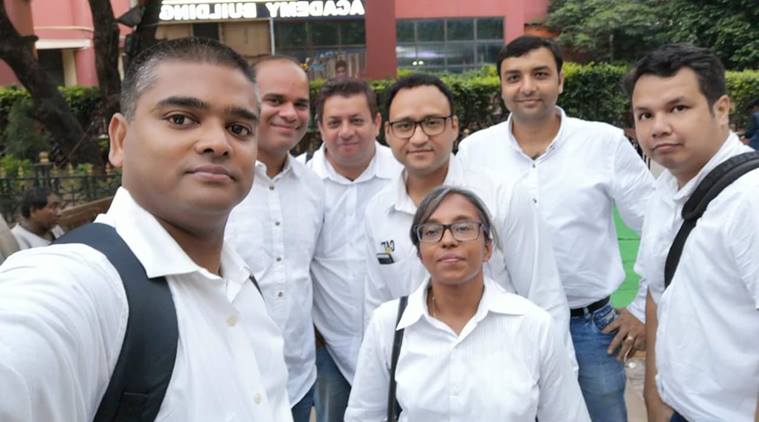
While audiences only see as much as photographs and videos allow them to of extreme video photography, the circumstances in which the group sets out for documentation is only understood when the group explains the backstory of each photograph. “There is extreme risk involved in doing this. Our families understand and they know that we won’t take unnecessary risks. So they have faith,” laughs Chakraborty.
The members set out in their vehicles, 4x4s, known as ‘SCIFs’ or ‘Storm Cloud Intercept Four-wheelers’—a name that the group gave to the cars they use—customised with recovery straps, hi-lift jacks, additional lights, and citizens band radios, a land mobile radio system that allows person-to-person bidirectional voice communication over short distances.
Additional equipment include DSLR cameras, iPads, GPS receivers, General Mobile Radio Service (also known as Walkie Talkies) and GoPro and DJI Osmo pocket cameras for vlogging. For drone footage, the group turns to the DJI Spark, a mini drone, and the DJI Mavic Air, a portable, foldable drone, with the equipment having been funded by the group members themselves.
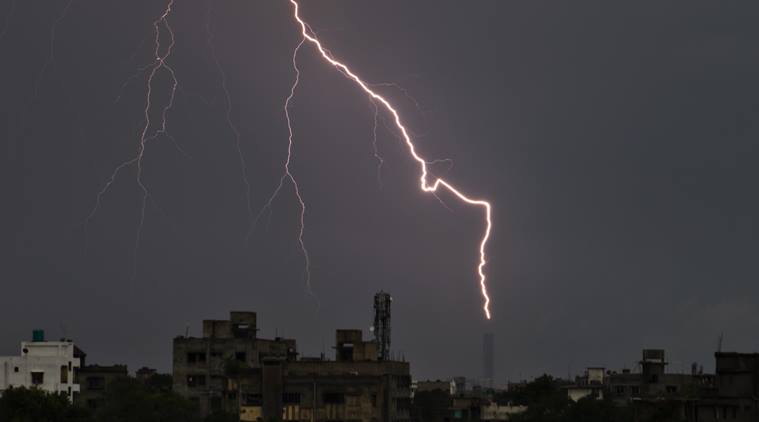
The group members all come with their own call signs, names that they go by during radio communication when they’re out on the field. While Chakraborty goes by the call sign of ‘Phoenix’, Mukherjee answers to ‘Boltonator’, a spin on the term lightning bolts.
Extreme weather conditions aren’t the only challenges that the storm chasers battle. Since much of this kind of photography occurs outside the city limits or away from densely populated areas, reassuring locals is also a part of the group’s job. “Sometimes people think we are there to seize or assess land and belong to private companies or the government,” says Mukherjee of confrontations that have on occasion, led to clashes with suspicious locals.
Despite all the tracking and planning involved, it’s not possible to accurately predict the path that a storm will take, requiring contingency planning. Chakraborty remembers an incident from last year when she travelled to North Bengal to photograph a blizzard. “It’s called a northern disturbance and I was there for three days to catch the storm.” When she went out to photograph the blizzard, she only had a small shed for cover, making it difficult to stay outside for long. “The snow was too much.”
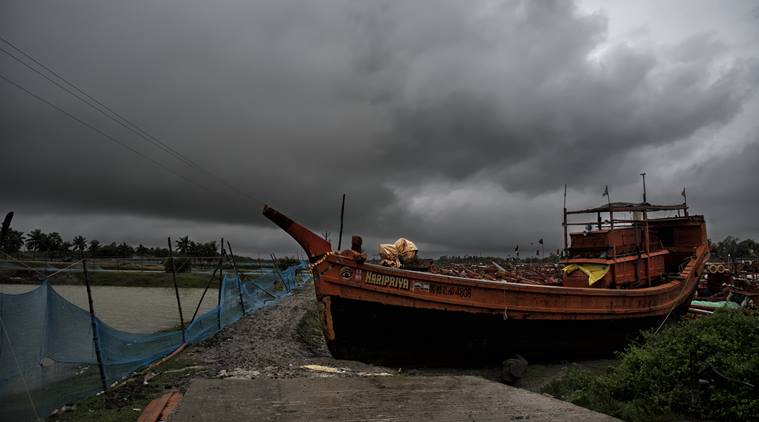
For Chakraborty however, nothing has surpassed the experience of photographing Cyclone Bulbul last year in her almost 10 years of photographing extreme weather. “We got the first visual of Bulbul when we saw the outer ring. We had planned on leaving at 1 p.m. but suddenly the storm came closer. Rain and gusting increased. It was the craziest experience.”
“People don’t know what a storm actually looks like,” says Mukherjee. The nature of extreme weather photography is such that it is as much about experiencing the conditions as it is about documenting it, the members say. Sometimes, the group ends up not taking too many photos and just witnesses the natural spectacle unfolding in front of them. While following a storm requires its own planning, the group also has to devise ways to escape it.
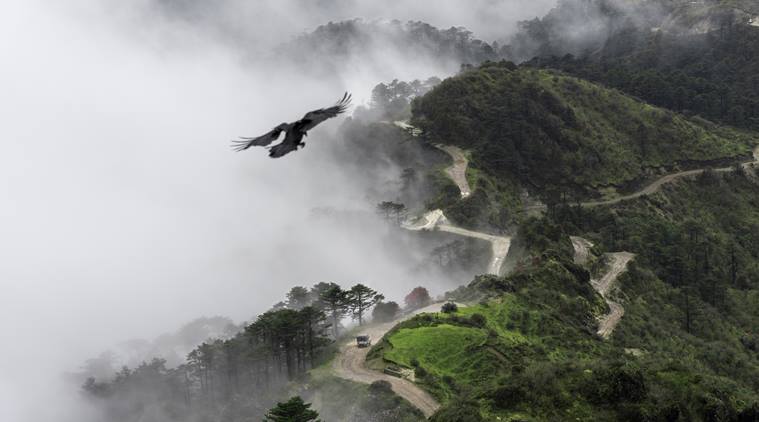
Chakraborty believes that storm chasing isn’t only about extreme weather photography, but it is also about understanding how to respect the might of the natural phenomenon that they are experiencing. “It is our passion and if we don’t get to do it, we will stop breathing.”
source: http://www.indianexpress.com / The Indian Express / Home> Cities> Kolkata / by Neha Banka / Kolkata – September 30th, 2020
